- Study looked at six of the fastest flowing glaciers in Antarctica
- They are collectively shedding ice 77% faster than they were in 1973
- Now shed the same amount of ice as the entire Greenland ice sheet
- Ice from these glaciers accounts for 10% of the annual sea-level rise
By Suzannah Hills
PUBLISHED: 08:18 EST, 30 March 2014 | UPDATED: 02:51 EST, 31 March 2014
Hugh glaciers in Antarctica are shedding ice at a much faster rate than expected, a new report claims.
The amount of ice draining from six massive glaciers in West Antarctica has increased by 77 per cent between 1973 and 2013, according to the report findings.
Researchers studied the Pine Island, Thwaites, Haynes, Smith, Pope and Kohler glaciers, which discharge ice into the Amundsen Sea Embayment.
Ice from just these six glaciers accounted for 10 per cent of the world’s sea-level rise between 2005 and 2010, the study by the University of California-Irvineclaims.
This means the six glaciers are discharging nearly the same amount of ice as the entire Greenland ice sheet.
Pine Island Glacier, the most active of the glaciers studies which has made headlines after dropping huge icebergs into the sea, is discharging 75 per cent more ice into the ocean than it was 40 years ago.
The widest glacier included in the research – Thwaites Glacier – started to have accelerated levels of ice loss in 2006.
Jeremie Mouginot, a glaciologist at UC-Irvine and co-author of the paper, said: ‘What we found was a sustained increase in ice discharge—which has a significant impact on sea level rise.’
The researchers studied cracks on the glaciers every year to see how much they had spread and to calculate ice discharge.
If the glaciers were to collapse completely, sea levels would rise by another four feet (1.2 metres), claims fellow report co-author Professor Eric Rignot.
‘To see Thwaites, this monster glacier, start accelerating in 2006 means we could see even more change in the near future that could affect sea level,’ Mouginot added.
He added that the acceleration in glacier flow is being aided by warmer ocean waters.
Huge ice streams flowing from West Antarctica are held back by floating ice shelves that act like dams.
But recent studies have suggest the warmer ocean water is melting and thinning these ice shelves from below.
This means the ice shelves give less resistance to the streams, forcing more ice into the ocean.





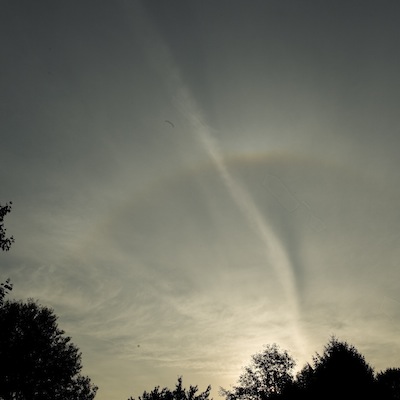

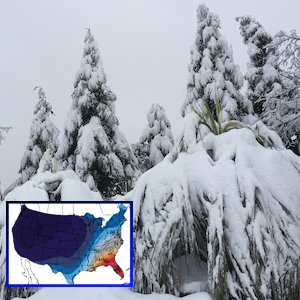

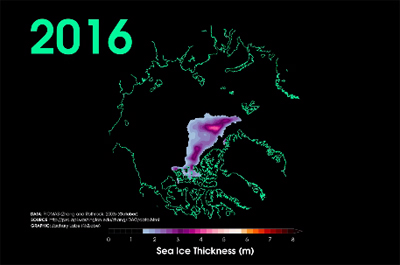






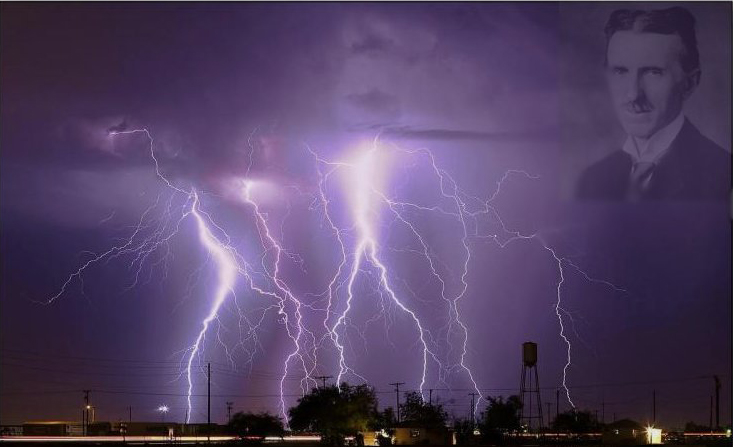



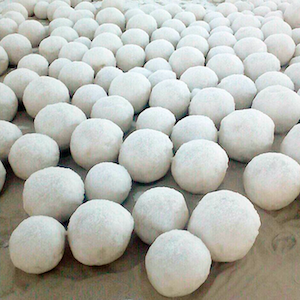

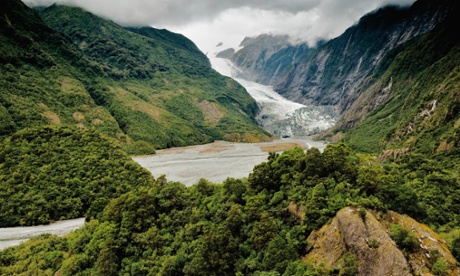

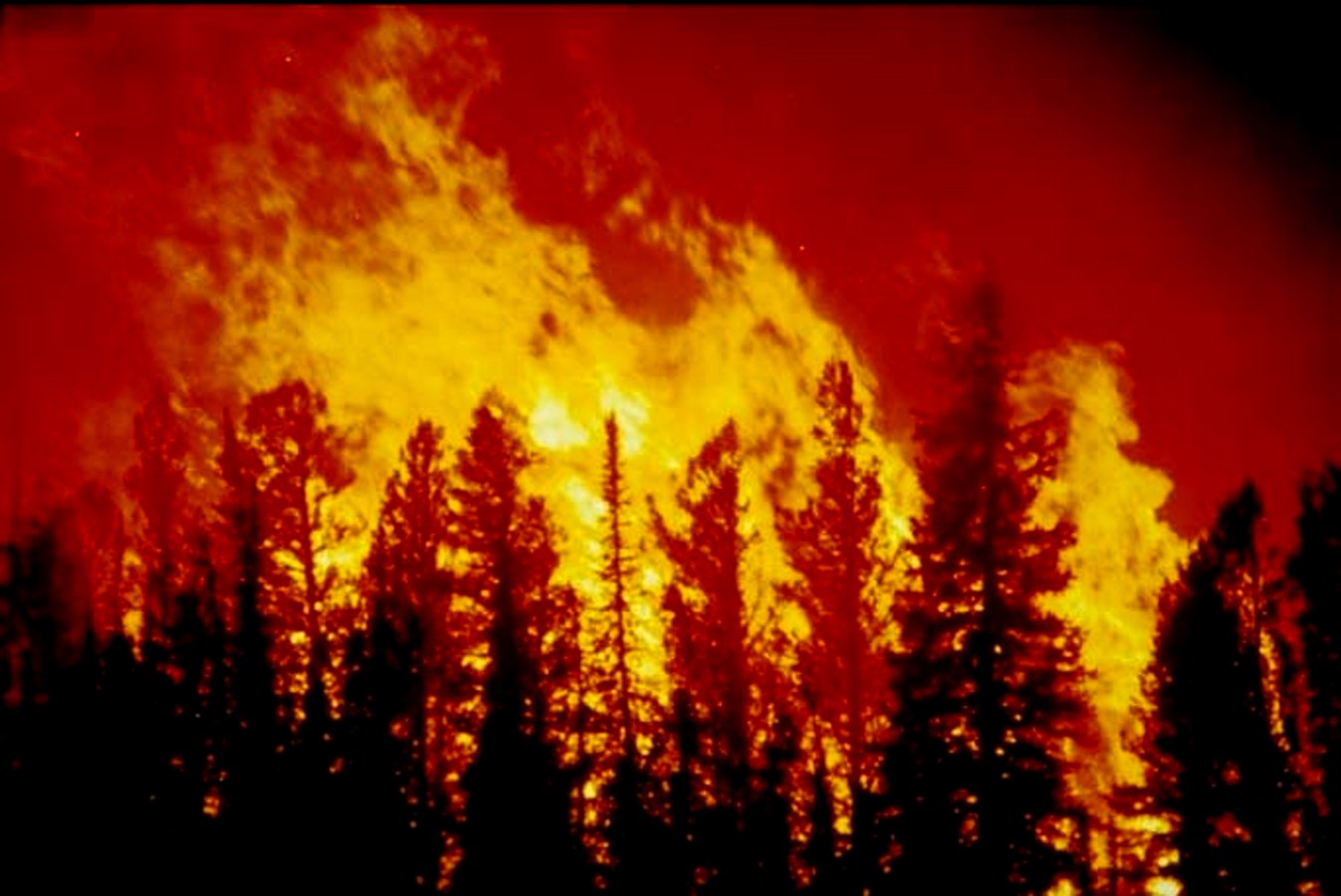

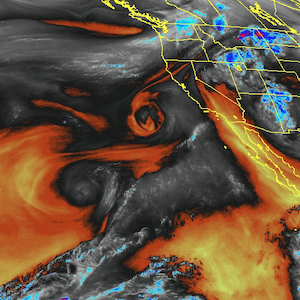


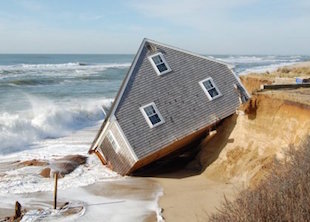

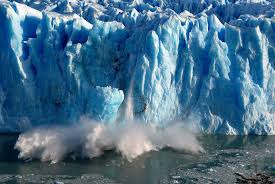


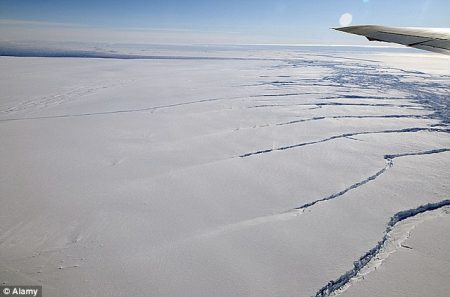
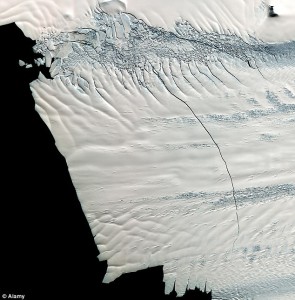
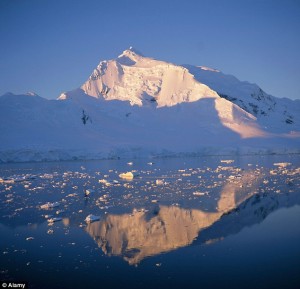
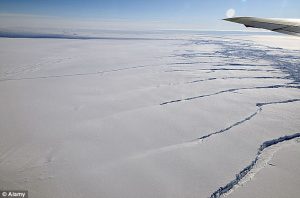












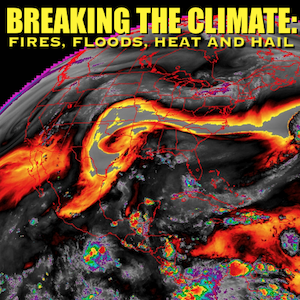
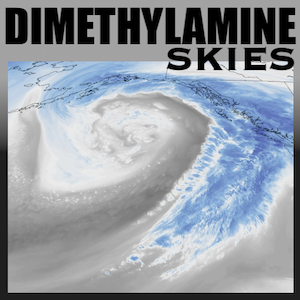


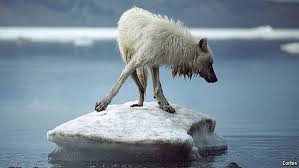


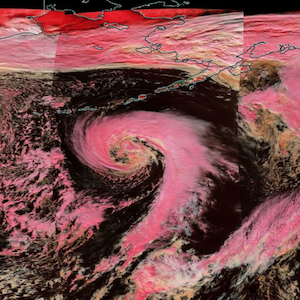



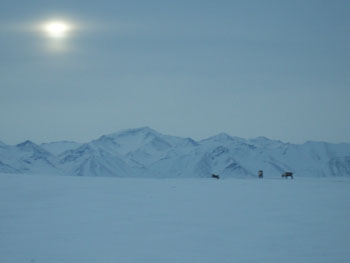
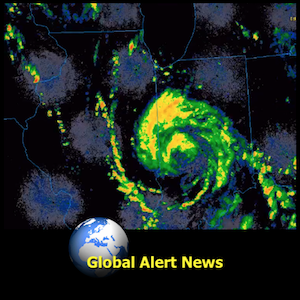


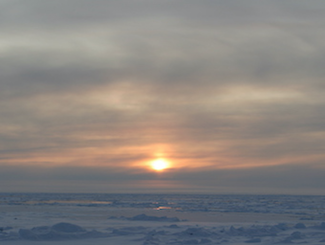
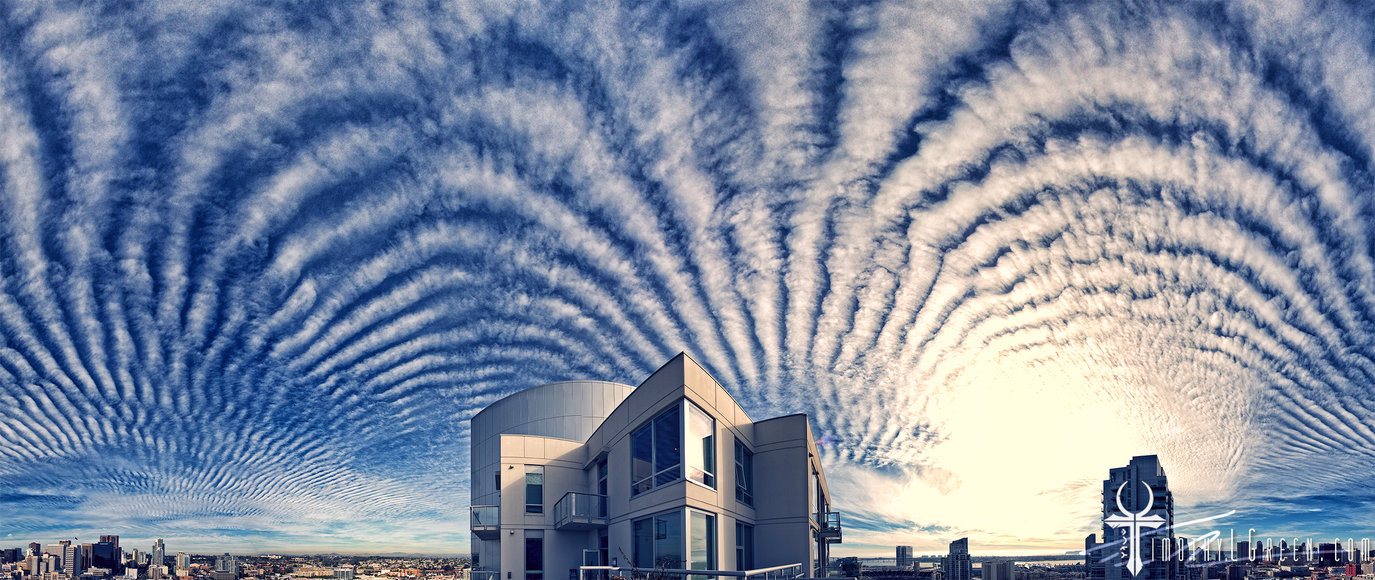
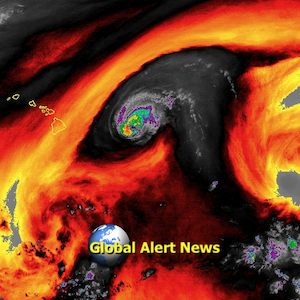

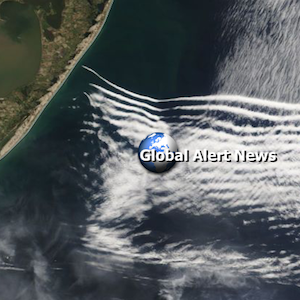


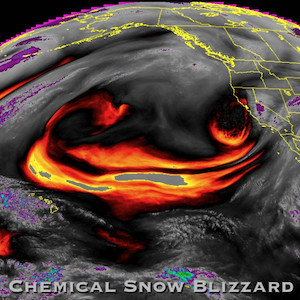

2 Responses
No chemtrails being sprayed over Antarctic as its a no fly zone. Full sun heat thru a massive ozone hole will be heating temperatures creating this increase of melting.
Funny, there are so many comments on other pages here saying global warming is fake, but not on this page. It was posted on 1 April, so maybe you all think it’s an April fools.
How does this vast amount of melting ice square with the general hypothesis I see around here, that global warming is a lie, an excuse to spray us with chemicals from the sky? Don’t “chemtrails” block out the sun and cool the planet? If so, and that’s not to counter global warming, it should be getting colder, surely, and the ice fields should be expanding?